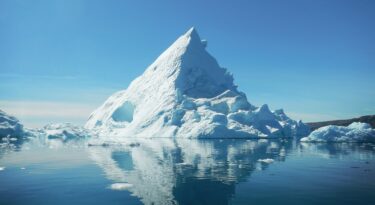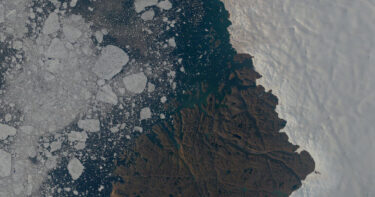
For a long time, nature was seen as a cost, but slowly humanity has come to realise that it brings us a lot of value. We now acknowledge that we can learn from nature, which has gone through billions of years of evolution, and see the value of the solutions nature provides us. This value can be defined in three ways, environmental, social, and financial. All three should not be seen in silos, but as interacting elements. This is demonstrated by the fact that over half of the global GDP ($44 trillion) is potentially threatened by nature loss, while transitioning to a nature-positive economy could create 395 million jobs by 2030. Integrated solutions are the way forward to solve many of the challenges our planet is facing, building a shared future for all life.
Biodiversity, a term used to describe the enormous variety of life on Earth, is an important characteristic of nature. Through its diversity, nature gains agility towards change. Nature-based solutions are a way of using this agility to work towards balanced and long-term solutions for a variety of the challenges we are facing, e.g., climate change, water-related challenges, and even societal challenges… when executed in an integrated way.
Nature-based solutions work with nature to address societal challenges, providing benefits for both human well-being and biodiversity.
A good example of approaching a coastal resilience challenge in an integrated way is the restoration of the mangroves in Demak, a community in Central Java (Indonesia), as a natural form of coastal protection. Severe erosion and related flooding have caused huge social and environmental impacts in Java, because the natural mangrove vegetation is being replaced by aquaculture and other infrastructural developments. This resulted in the coast retreating up to a few kilometres in some areas and over 30 million people being at risk. Restoring the mangroves, a native vegetation, achieved natural protection against flooding and further retreating of the coastline, safeguarding communities and protecting arable land from flooding. It also revived fisheries, improved water purification, enhanced carbon storage and offered opportunities for recreation and tourism. The impact is threefold, a resilient environment, safe communities, and a thriving economy for the long-term.
Another example of how the variety of nature provides social value is the water supply of New York City (NYC). For nearly two hundred years, the ecosystems upstate provided a filter for the water supplying the nine million NYC residents with 1.2 billion gallons of drinking water a day. The cost of preserving the watershed providing this service was estimated at $1.5 billion annually. Building a filtration plant large enough to clean the city’s water supply would cost between $8-$10 billion, approximately $6 billion to build and another $250 million annually to maintain. When the federal government adopted the Safe Drinking Water Act, mandating that all major surface-water systems filter their water or prove they can protect the watershed producing it, the value of the watershed became clear.
You could argue that for the solutions mentioned above a vegetation is needed, but not necessarily a natural environment. This is true; however, one simple event can disrupt the balance of this type of environment and subsequently the services that environment provides us with might be different or even gone. A natural environment, an environment with a variety of species suiting the local circumstances (biodiversity), will show more resilience and a possible recovery of the ecosystem services delivered.
Biodiversity does not guarantee that a particular ecosystem will remain stable. However, there is a guarantee that loss of biodiversity will lead to damage to ecosystem stability.
A resilient society and a resilient environment are a natural environment with a variety of species suiting the biodiversity of the local circumstances. This healthy natural environment provides humans with services, or we can call them nature-based solutions. It is like an infinity loop. If we take care of nature, nature takes care of us and vice versa.




